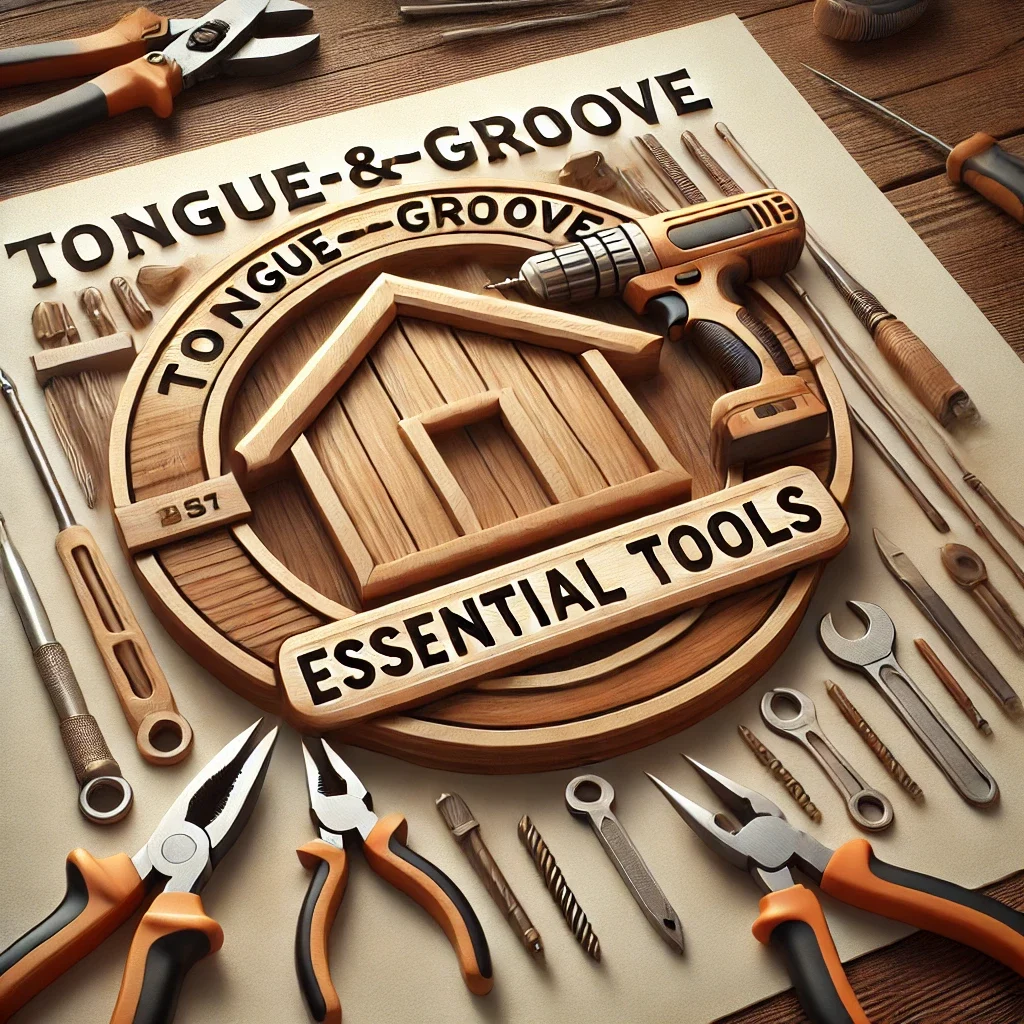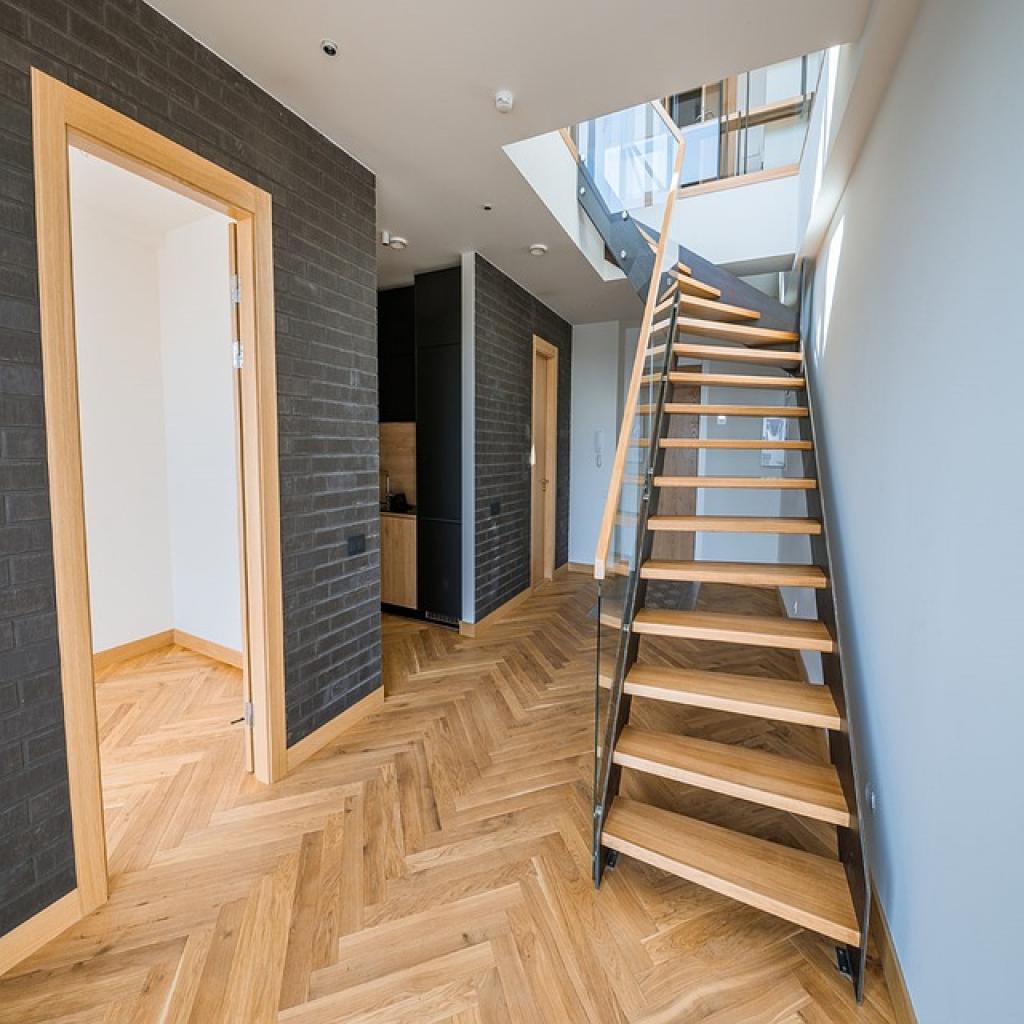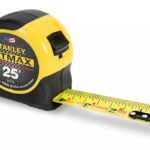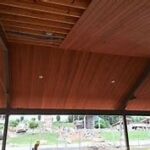Have you ever admired the timeless appeal of wood floors and thought, "I could do that myself!"? You’re not alone! Installing wood flooring might sound daunting, but with the right guidance, it’s an achievable weekend project that adds warmth and elegance to your space.
Imagine transforming your room with a few tools, some planks, and a little sweat! With this guide, we’ll break down the process step-by-step, demystifying the art of wood flooring installation. From selecting the perfect wood type to ensuring a flawless finish, we’ve got you covered.
Let’s dive into the world of DIY wood flooring, where you’ll save money, gain hands-on experience, and have fun seeing your floor come to life—board by board. Ready to roll up those sleeves? Let’s get started!
Choosing the Right Type of Wood Flooring for Your Space
Picking the perfect wood for your flooring sets the stage for both style and durability in your home. With an array of choices out there, it’s essential to consider a few key factors to make the right decision.
Start by thinking about the room’s purpose and foot traffic. High-traffic areas like kitchens or hallways might benefit from harder wood varieties like oak or maple. For a quieter room, such as a bedroom, softer woods like pine can add a cozy touch.
Next, consider your aesthetic preferences. Do you prefer the rustic charm of wide planks or the classic look of narrow strips? Think about the color too—darker tones create a moodier vibe, while lighter woods can make a space feel open and airy.
Don’t forget practical concerns like budget and installation type. Solid hardwood offers longevity but can be pricey. Engineered wood, on the other hand, provides the hardwood look at a more affordable cost and is easier to install.
By carefully weighing these factors, you can select wood flooring that not only enhances your space but also stands the test of time.
Preparing Your Subfloor for Wood Flooring Installation
Before you dive into laying down those beautiful new wood floors, getting your subfloor ready is crucial. Think of the subfloor as the foundation; it needs to be in tip-top shape for the best results.
Start by inspecting your existing subfloor for any damage. Look for squeaks, soft spots, or issues like rot or warping that need fixing. It’s easier to address these problems now rather than after your new flooring is installed.
Next, ensure the subfloor is clean and dry. Any debris or moisture can wreak havoc on the wood, leading to unwelcome issues down the line. A vacuum and a damp mop should do the trick for cleaning.
Leveling the surface is another important step. Use a straight edge to check for dips or high spots. Small imperfections might be fixable with sanding or a leveling compound. This effort pays off by ensuring your floors lay flat and look seamless.
Lastly, consider laying an underlayment, which acts as a buffer between the subfloor and wood flooring. It helps with soundproofing and moisture control, enhancing the longevity and comfort of your new floors.
With these preparations, you’re on the right path to a successful installation process, setting the stage for floors that you’ll love for years to come.
Installing Wood Flooring: Tools and Materials Needed
Getting ready to install your wood flooring involves gathering the right tools and materials. Having everything on hand before you start can make the process smoother and more enjoyable.
First up, you’ll need the basics: a tape measure, pencil, and square to ensure precision and accuracy in your layout. A saw—either a miter saw or a circular saw—will be necessary for cutting the wood planks to fit your space.
Handy Tools for Installation
You’ll also want a flooring nailer or stapler, which makes securing the floor planks quick and efficient. Don’t forget your trusty hammer and a set of spacers to keep the correct distance from the walls for expansion.
As for materials, besides the wood planks themselves, consider purchasing vapor barriers or moisture barriers, especially if you’re installing over a concrete subfloor. Also, have some wood glue handy for extra adhesion where needed.
Picking up some knee pads can save your joints, as you’ll spend a lot of time getting up-close and personal with the floor. Plus, a good-quality broom or vacuum will be useful throughout the installation process to keep dust and debris at bay.
With these tools and materials ready to go, you’re all set to get started on laying down your dream floors!
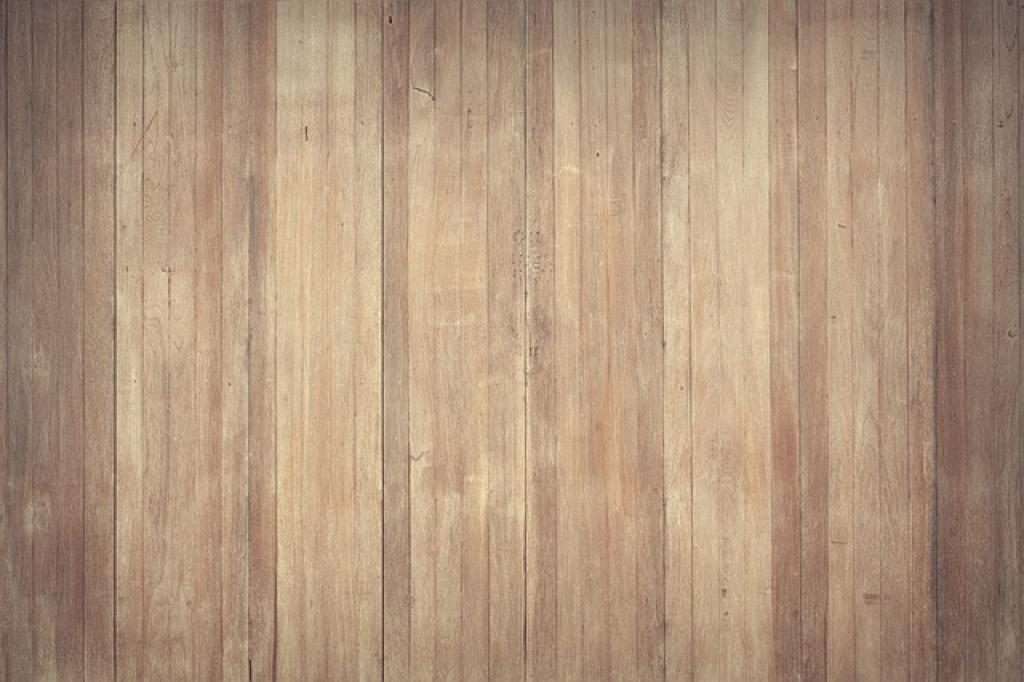
Step-by-Step Guide to Installing Wood Flooring Yourself
Alright, it’s time to dive into the process of installing your wood flooring. Follow these steps, and before you know it, you’ll have a stunning new floor underfoot.
Preparing the Subfloor
Start by ensuring your subfloor is clean, dry, and level. Remove any old flooring materials and repair any uneven spots. This foundation is crucial for a flawless floor.
Next, lay down your vapor or moisture barrier if needed. This step is important to keep your wood safe from any ground moisture.
Laying the First Row
Once your subfloor is ready, it’s time to place your first row of wood planks. Pick a starting wall, usually one that is most visible, and use spacers to maintain a gap for expansion.
Align the first plank with precision and either nail or glue it in place, based on your preferred method. Continue placing additional planks end to end along the wall.
Piecing it Together
As you progress, stagger the seams by starting each new row with a different length plank. This not only looks great but adds to your floor’s strength.
Use the flooring nailer or stapler to secure the planks as you go. Tap them gently with a rubber mallet to snug them up against each other and ensure they’re flush.
Completing the Room
Finish with the final row, which may need cutting lengthwise to fit. Carefully remove all spacers and install your baseboards or moldings to cover the expansion gaps.
Finally, give your new floor a thorough clean, and relax. You just installed your own wood flooring like a pro! Enjoy the beauty and style you’ve added to your space.
The Finishing Touches: Staining and Sealing Your Wood Floor
Now that you’ve got your wood flooring in place, it’s time to add that extra oomph with staining and sealing. These final steps will not only enhance the color but protect your floor for years to come.
Choosing the Right Stain
Begin by selecting a stain that complements your space. You can choose from various shades, from natural hues to rich, deep colors.
Test the stain on a scrap piece of wood or an inconspicuous area of the floor. This helps you envision the final look before committing.
Applying the Stain
Once you’ve settled on a stain, it’s time to apply it. Use a clean cloth or a sponge to evenly spread the stain across the floor, moving with the grain of the wood.
Wipe away any excess as you go to prevent blotches or uneven coloring. Let the stain dry completely according to the manufacturer’s instructions.
Sealing for Protection
With the stain dry, follow up with a sealer to lock in the beauty and prevent damage. Sealing provides a protective layer against moisture, scratches, and wear.
Use a brush or a roller to apply the sealer evenly. It may require a couple of coats, so plan accordingly and allow ample drying time between applications.
Final Steps
Once everything is dry and set, give your floor a gentle sweep and admire your handiwork. The color is vibrant, and the shine is mesmerizing.
Enjoy entertaining or just relaxing at home on your gorgeously finished wood floor. You’ve transformed your space into something truly special!
Conclusion
As we wrap up this journey into the world of wood flooring, it’s clear that revitalizing your home with new floors is not just about aesthetics but sustainability and care.
Starting with the right type of wood lays a strong foundation. Remember, choosing the suitable wood isn’t just a step; it’s the part that sets the tone for everything that follows.
The preparation stage involves dedication, ensuring that each piece fits perfectly into your vision and space. This attention to detail makes the process rewarding.
Sanding, often seen as challenging, is more an opportunity to smooth the path for stunning results. Think of it as the moment where the potential of your floor really shines through.
Staining and sealing transform your flooring from good to gorgeous. These finishing touches are the secret sauce that adds resilience and character, ensuring longevity and vibrancy.
Each step fits together like pieces of a puzzle, creating a warm and inviting space. Not only have you enhanced your home, but you’ve also added your personal touch, leaving a lasting impression.
Moving forward, proper maintenance will keep your floors looking their best. Regular cleaning and timely repairs will protect your investment and ensure that your handiwork stands the test of time.
In conclusion, taking on a wood flooring project is more than just making a change; it’s an adventure in craftsmanship and creativity. You’ve turned an ordinary floor into a canvas of comfort and style, a testament to your effort and taste. Your home now has character and charm that are undeniably yours.
